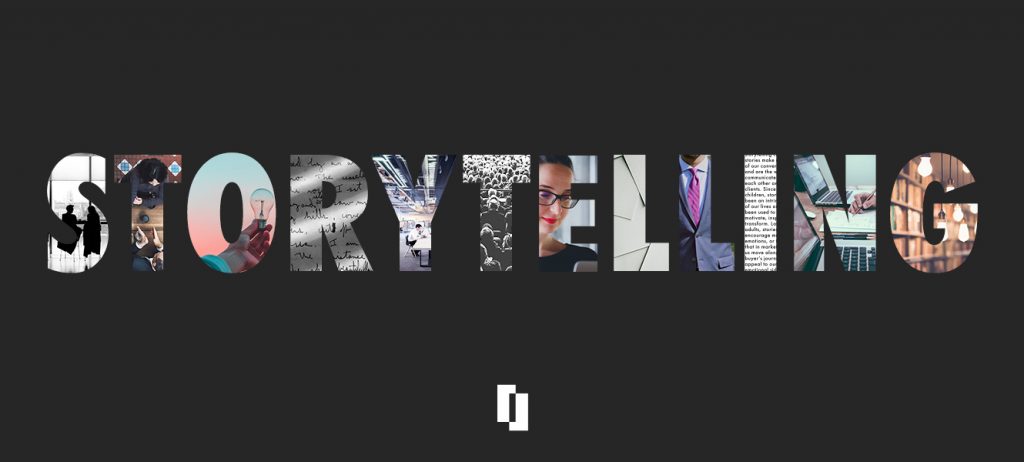Storytelling techniques in copywriting
There are situations when the classic advertisement texts either do not work or work very poorly. Even though the texts are written with high quality and meet all the requirements for this type of copywriting. Then people resort to non-standard solutions. One of them is the use of storytelling (telling a story or stories) in advertising texts. This technique can significantly influence the perception of the product or service by potential customers or clients.
Storytelling is good to use when a reader of a resource has had enough of traditional marketing texts that are pushed to the limit, but life is such that more should be placed on the resource. Storytelling will become a real “help-maker”. If you do it right, you will get a marketing text, which the user might not perceive as an advertisement, but the story you read will involuntarily make him decide to buy or order a service.
Stories written with storytelling can be “mixed” with ordinary advertisements where they work well, but there is a danger that the traditional approach can bore users.

The author can get inspiration from a real story or, if he has some imagination, he can make up his own. But in any case, the story must meet certain criteria. In particular, it should have a hero who is close to the reader and whom people will empathize with. It can be the founder of a company in its infancy. For example, the stories of Steve Jobs, Bill Gates or Henry Ford were very good PR for their companies. The story must also have a full-fledged plot with all its components: a plot twist, a climax and a denouement. Also, a good writer does not omit details, but rather uses them successfully to enliven the story. The author should not forget that his description should not fail to evoke emotions in the reader, which in turn should cause to use the “hidden” in the story promotional offer. The conclusion of the story must be a moral or a conclusion. These can be in plain text or as a hint that the reader can easily understand.
Different storytelling techniques can be used depending on the objectives. The stories can be arranged in a “nesting” manner, with several secondary stories clustered around the main story. Similar to this principle is the so-called “petal” structure, where several stories are linked by the same theme or idea. Also popular are sparclines, that is, stories about what could have been and how things really were.
As for the ending of the story, it can be a happy ending, but in some cases a different ending is more appropriate: a sad or open ending.




